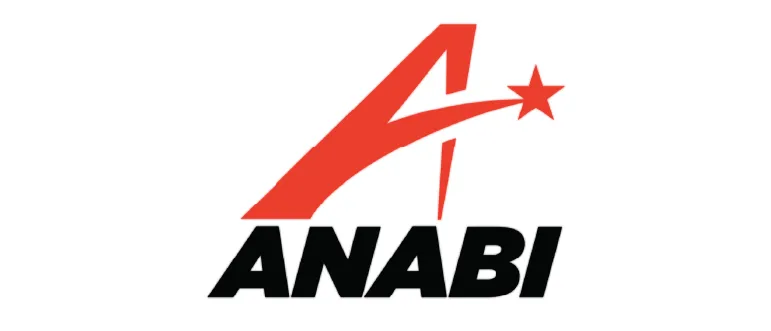WASHINGTON — The National Retail Federation (NRF) forecasts retail industry sales will increase 4.1% in 2015, following last year’s 3.5% improvement.
The National Retail Federation (NRF) forecasts retail industry sales will increase 4.1% in 2015, following last year’s 3.5% improvement.
"While our outlook for the year ahead is positive, we aren’t quite out of the woods," says Matthew Shay, the federation’s president and chief executive officer.
The NRF’s forecast for retail industry sales excludes spending on automobiles, gasoline and restaurant meals. The federation expects non-store sales to rise between 7% and 10% this year.
“There are a few wild cards that the retailers will need to keep an eye on, like global economic growth, energy prices and even inflation," says Jack Kleinhenz, the NRF’s chief economist. The federation is the world’s largest retail trade association, representing a variety of store-based merchants in 45 countries.
Its 2015 forecast notes that personal net worth is at record levels, thanks to stock market gains — the Standard & Poor’s 500 stock index is up 94% over the past five years — and rising home values. Consumers therefore have the confidence needed to open their wallets a little wider this year, the NRF says.
With consumer spending accounting for roughly two-thirds of economic output, the nation’s gross domestic product should increase by between 2.7% and 3.2% in 2015, according to the NRF.
The federation forecasts that the nation’s jobless rate will fall to 5% by year’s end as the labor market adds an average of 220,000 to 230,000 jobs each month.
The economy has added more than a million jobs over the past three months, a performance last seen in 1997.
Additionally, gasoline prices declined by nearly 40% between June and early February. But economists say many households are using the extra income to pay down debt and boost savings.
Consumer spending has been tepid over the past two months, according to the Commerce Department, which reported earlier this month that retail sales in January declined 0.8%, a steeper drop than the 0.4% decline economists were expecting. That follows December’s 0.9% decline.
Costco Wholesale Corp. says U.S. same-store sales rose 2% in the four weeks ended February 1. That gain was offset by a 4% decline in international sales. Sales were hurt by lower gasoline prices and a strong dollar. Excluding these negative impacts, same-store sales were up 7%, with a 7% gain in U.S. stores and 6% internationally. Costco had net sales of $8.16 billion in the period, a 2% increase year over year.
Fred’s Inc. says January sales increased 3% to $139 million. January’s comparable-store sales were up 4.3% compared to last year’s 1.8% decline. Total sales reflect the closing of 47 stores — 7% of Fred’s total — in the fourth quarter. It now has 660 discount general merchandise stores.





